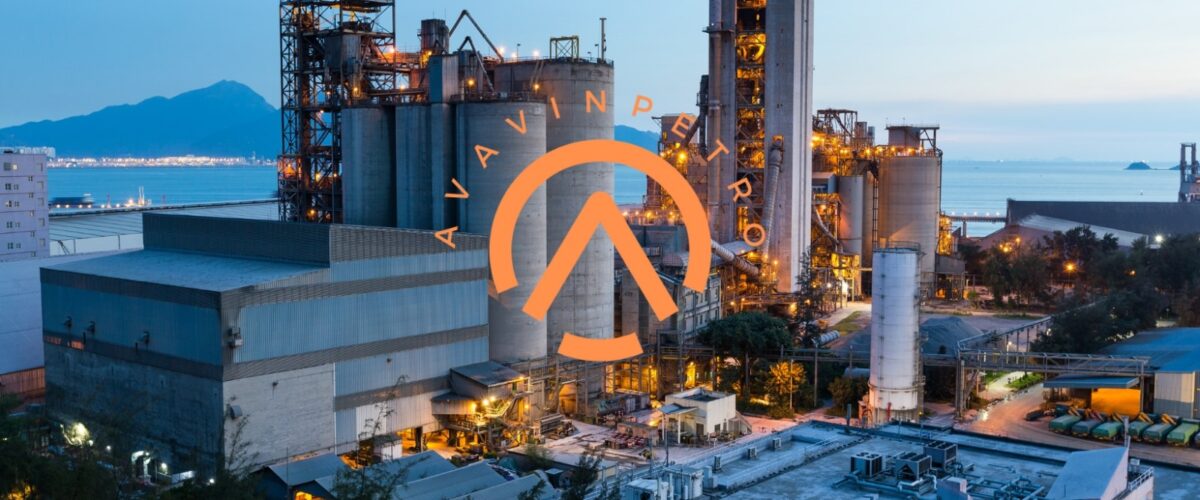Understanding the Impact of Styrene Monomer Prices on the EPS Board Industry
Introduction
In the realm of industrial materials, few substances wield as much influence as styrene monomer. Its impact resonates particularly within the Expanded Polystyrene (EPS) board industry. Let’s delve into how the fluctuating prices of styrene monomer send ripples through the EPS board sector.
What is Styrene Monomer?
Styrene monomer, often referred to simply as styrene, is a key building block in the production of various polymers. Its versatility and affordability make it a cornerstone in the manufacturing of plastics, rubber, and resins.
The Significance of EPS Boards
EPS boards, composed primarily of expanded polystyrene beads, are renowned for their insulation properties and lightweight structure. They find widespread application in construction, packaging, and even arts and crafts.
Understanding Price Dynamics
The pricing of styrene monomer is subject to multifaceted dynamics influenced by market forces, supply chain intricacies, and global economic trends. Let’s explore how these factors intersect with the EPS board industry.
Market Demand and Supply
The demand for styrene monomer is heavily influenced by downstream industries, including automotive, electronics, and construction. Fluctuations in consumer demand and industrial output directly impact the availability and pricing of styrene monomer.
Feedstock Costs
Styrene monomer production relies on feedstocks such as benzene and ethylene, whose prices can fluctuate due to factors like crude oil prices, geopolitical tensions, and supply chain disruptions. These fluctuations trickle down to affect the cost of styrene monomer itself.
Global Economic Trends
As a globally traded commodity, styrene monomer prices are susceptible to broader economic trends such as inflation, currency exchange rates, and trade policies. Economic downturns or geopolitical instability can lead to price volatility in the styrene market.
Impact on EPS Board Industry
The EPS board industry is intricately linked to the pricing of styrene monomer, with cost fluctuations directly influencing production costs and market competitiveness.
Production Costs
Styrene monomer constitutes a significant portion of the raw material costs in EPS board manufacturing. As its prices rise or fall, manufacturers must adjust their pricing strategies and production processes accordingly to maintain profitability.
Market Competitiveness
In a competitive market landscape, fluctuations in styrene monomer prices can directly impact the pricing of EPS boards. Manufacturers may face pressure to absorb increased costs or seek alternative materials, affecting product availability and consumer choices.
Innovation and Sustainability
Volatility in styrene monomer prices can drive innovation within the EPS board industry, leading to the development of alternative materials or production techniques aimed at cost reduction and sustainability.
Conclusion
The interplay between styrene monomer prices and the EPS board industry underscores the complex dynamics of the modern industrial landscape. As stakeholders navigate the challenges posed by price fluctuations, innovation and adaptation will remain crucial for sustainability and growth.
FAQs (Frequently Asked Questions)
- How do fluctuations in styrene monomer prices affect small-scale EPS board manufacturers?
Small-scale manufacturers may face heightened challenges in adapting to price fluctuations, potentially impacting their competitiveness and long-term viability.
- Are there any regulatory factors influencing styrene monomer prices?
Regulatory policies related to environmental standards, chemical safety, and trade agreements can influence the production and pricing of styrene monomer.
- How do market trends in the construction industry influence the demand for EPS boards?
The construction industry’s growth or contraction directly affects the demand for EPS boards, as they are widely used in insulation, roofing, and structural applications.
- What role does recycling play in mitigating the impact of styrene monomer prices?
Recycling initiatives aimed at reclaiming and reusing EPS waste can help offset the impact of fluctuating styrene monomer prices by reducing the demand for virgin materials.
- How do stakeholders in the EPS board industry mitigate risks associated with price volatility?
Stakeholders may employ various strategies, including forward contracts, diversification of suppliers, and investment in research and development, to mitigate the risks posed by price volatility.
Written by Emir Narin

